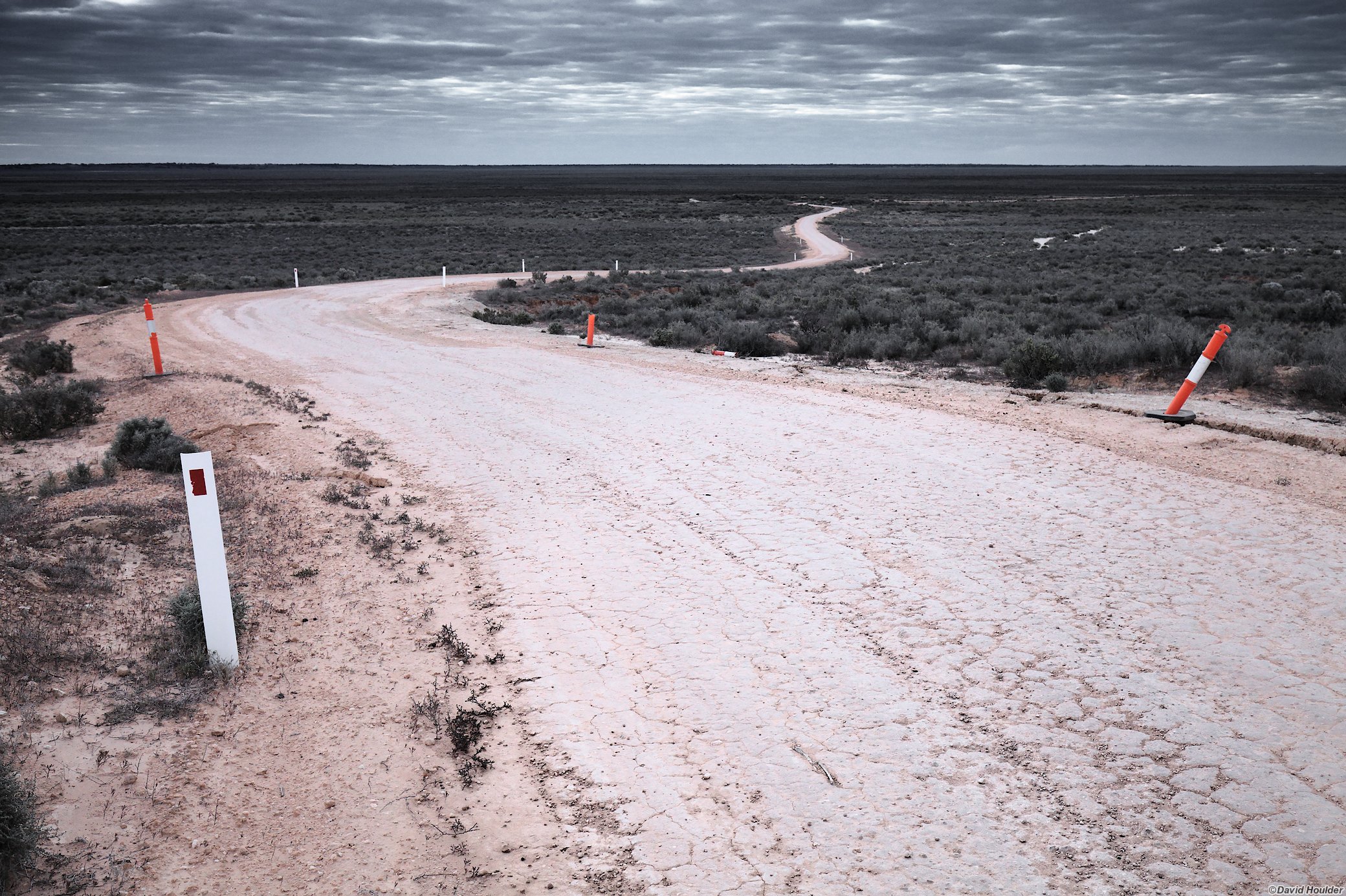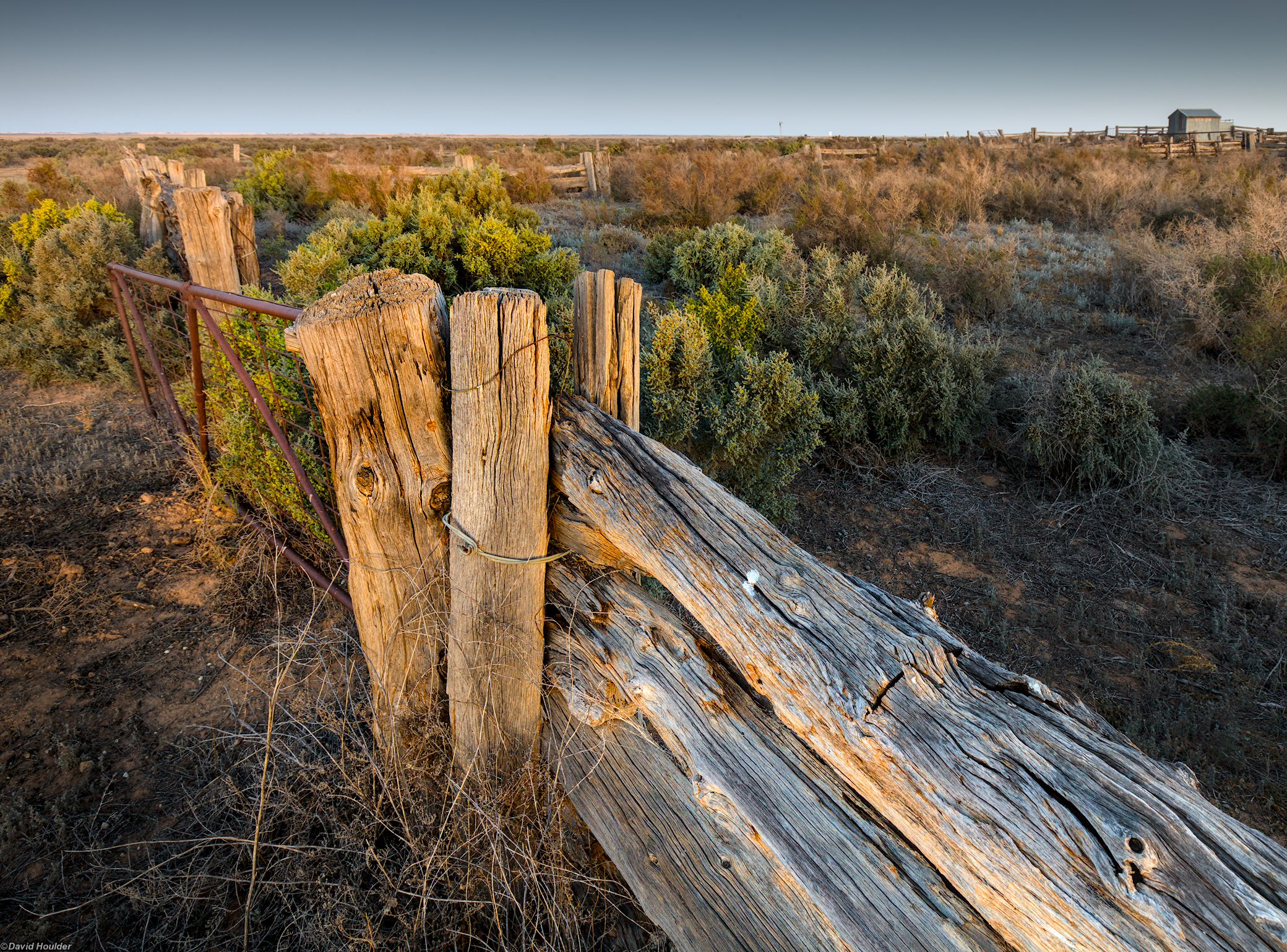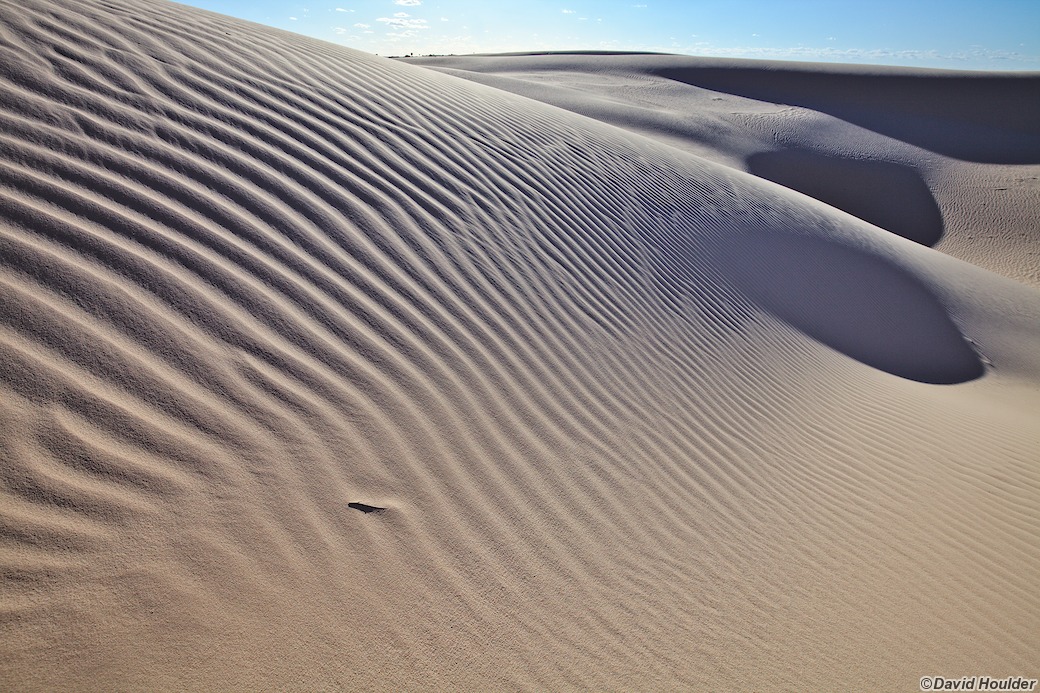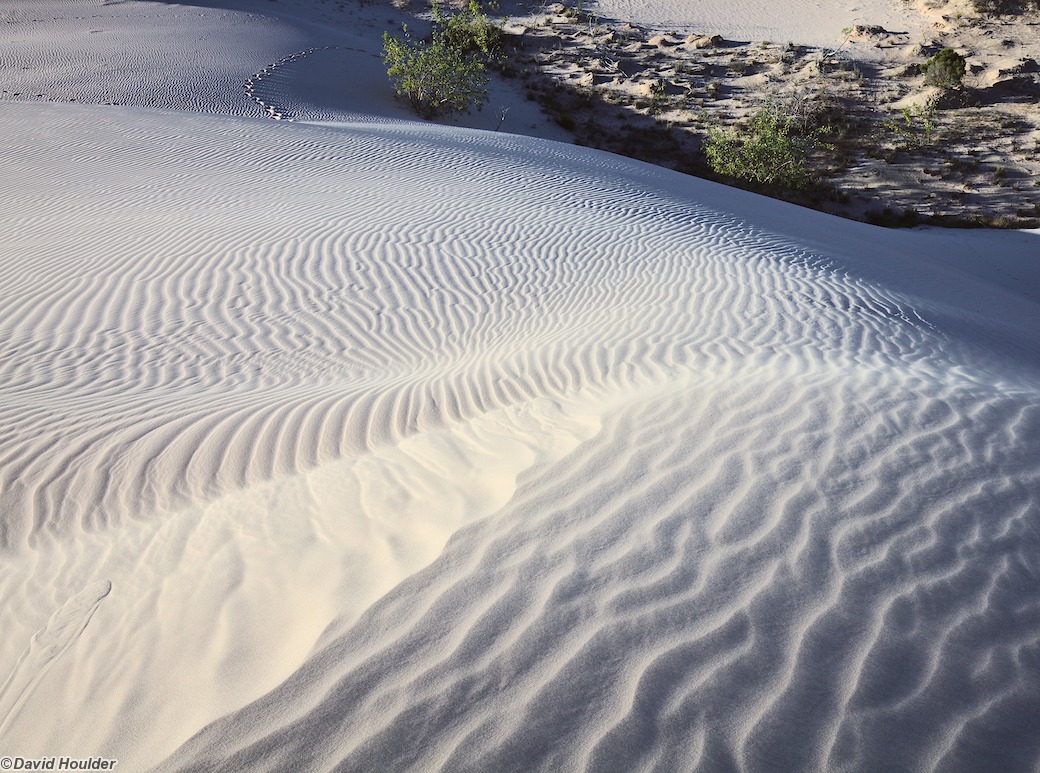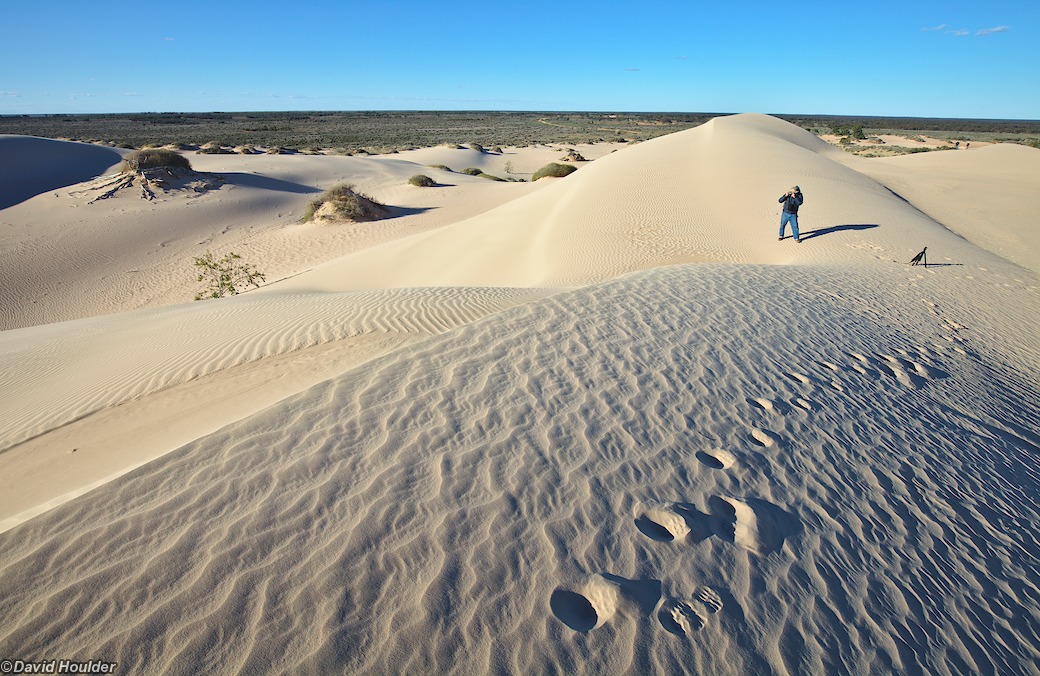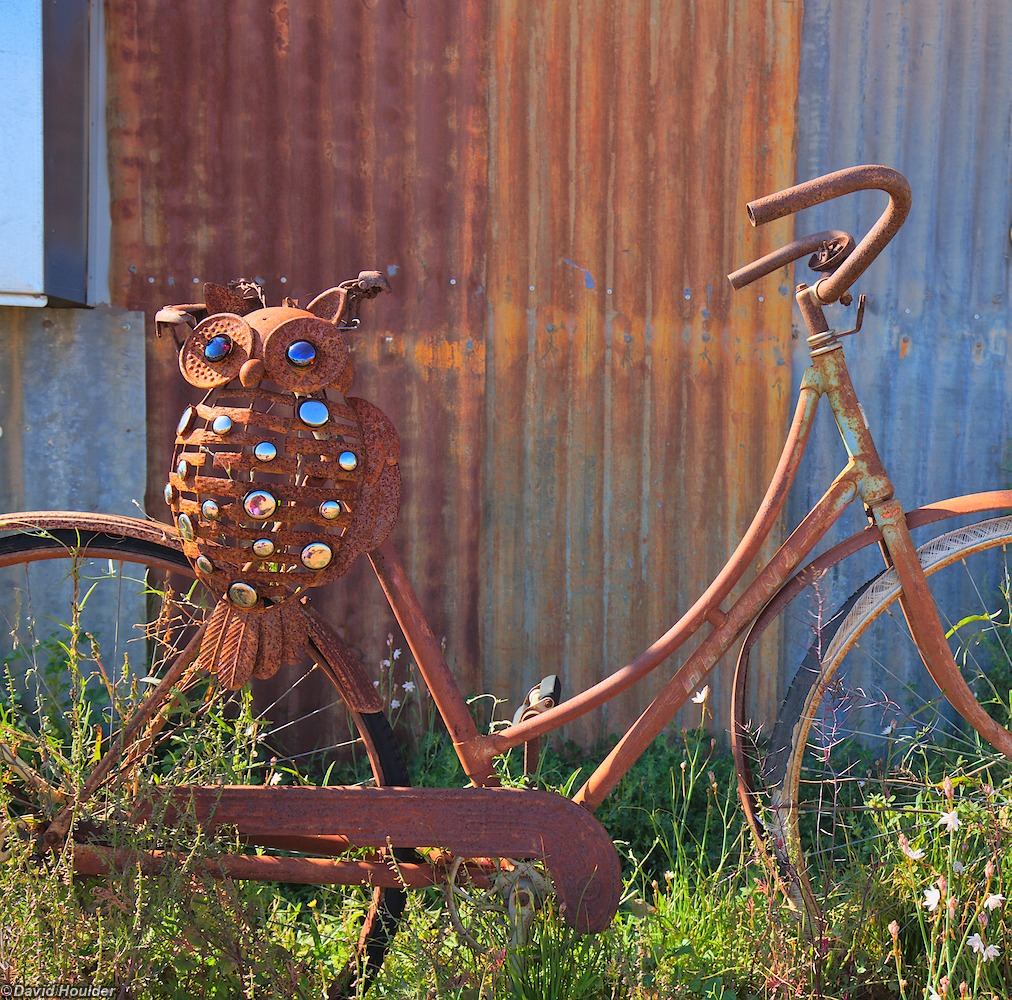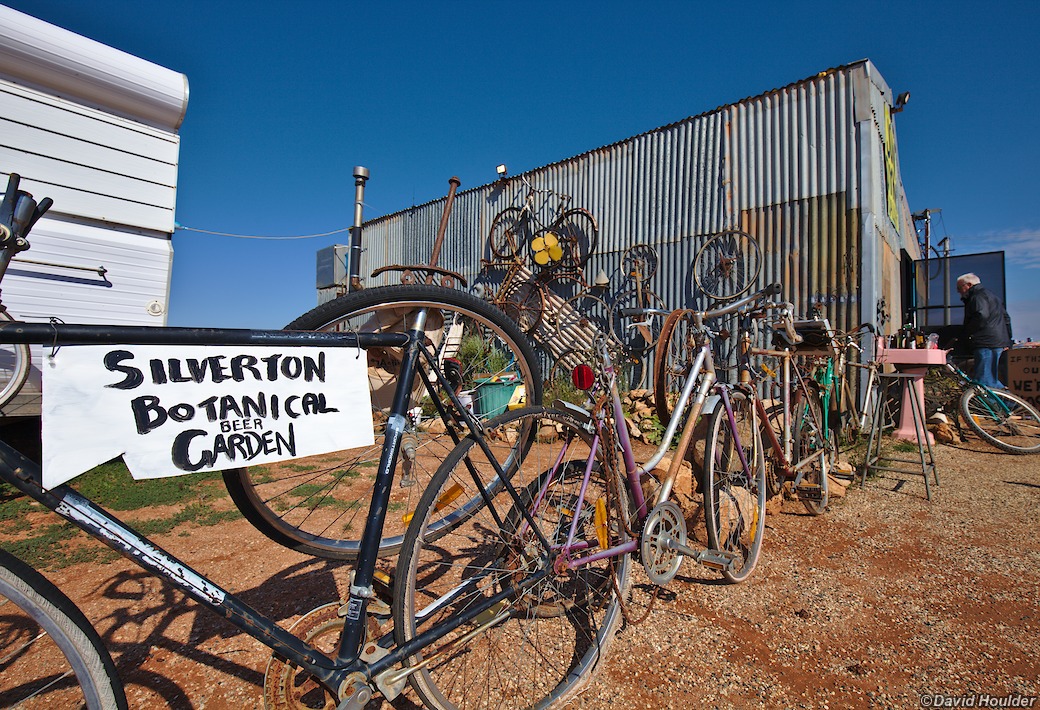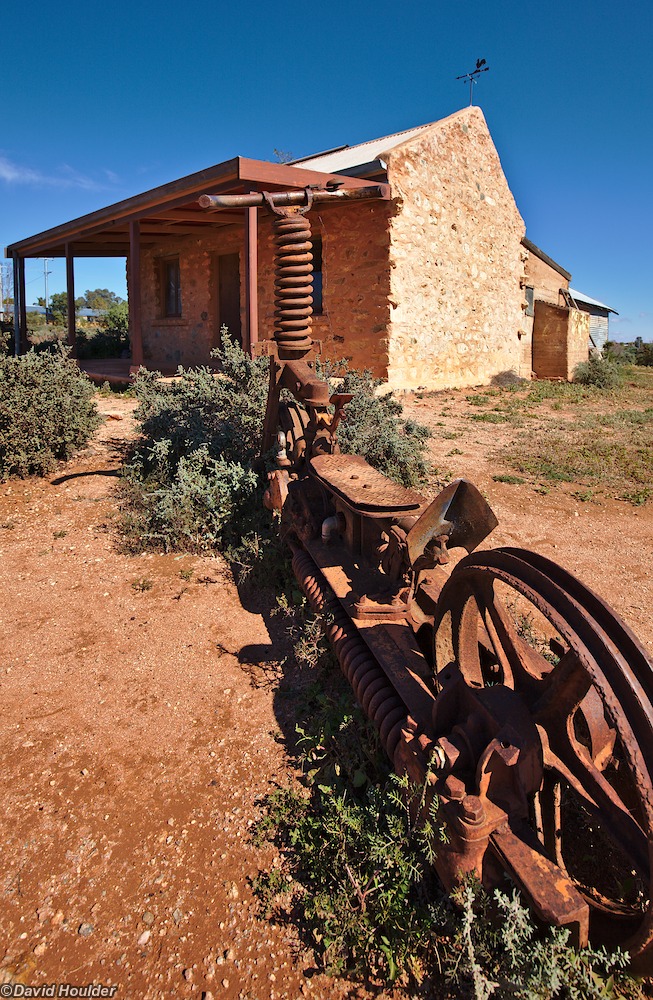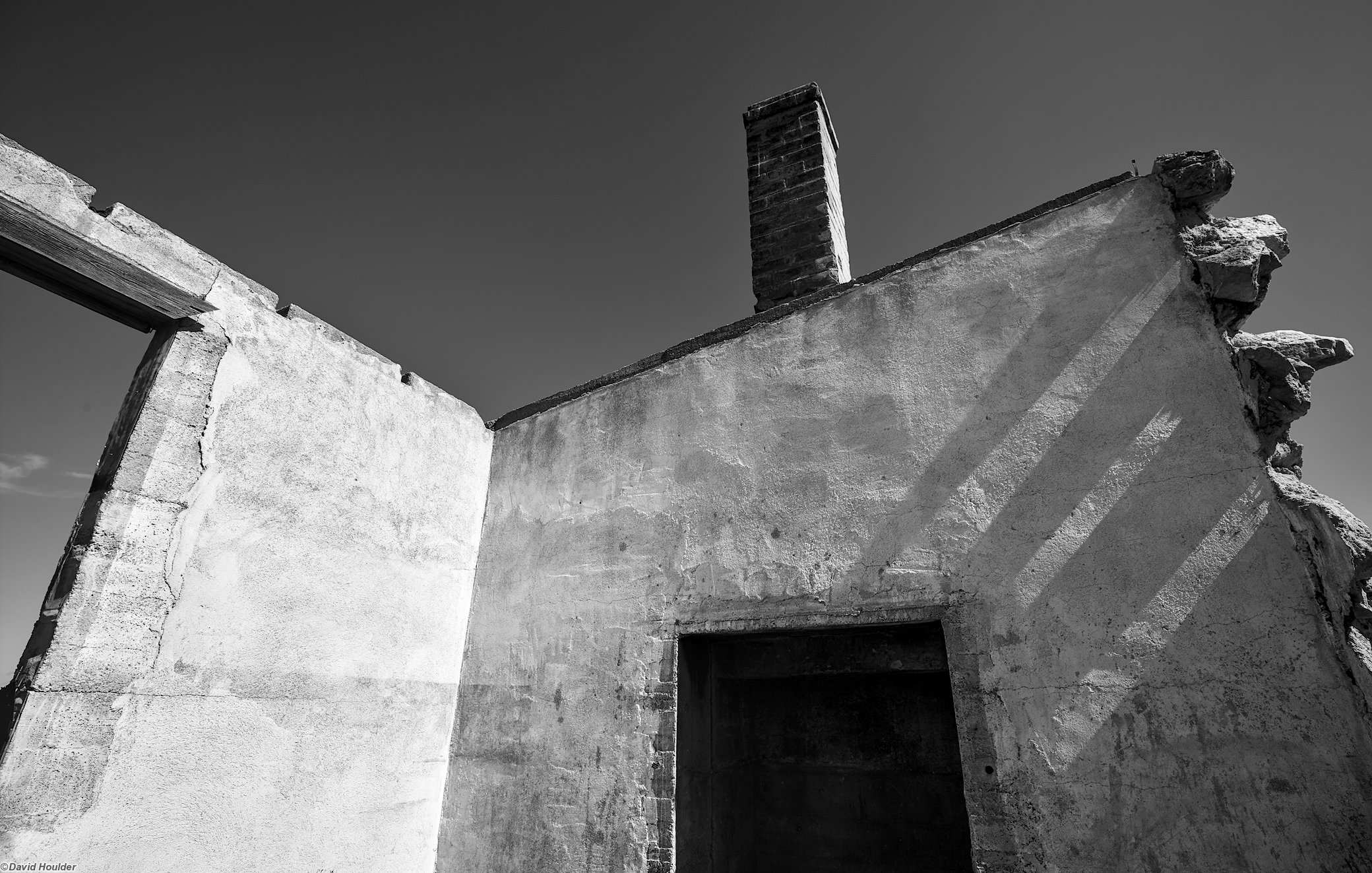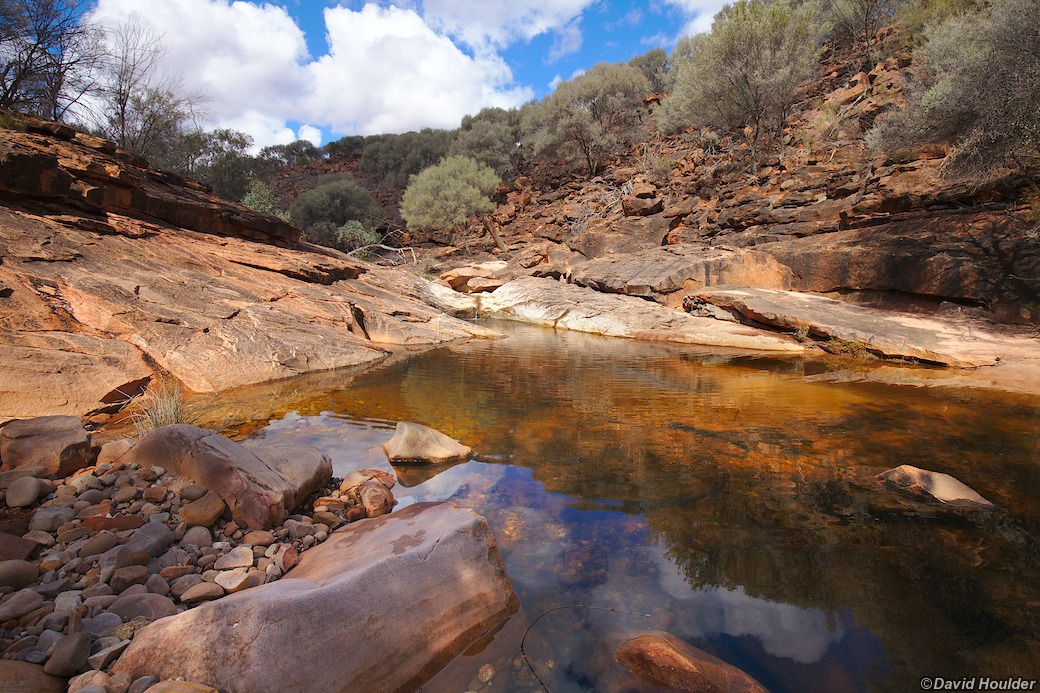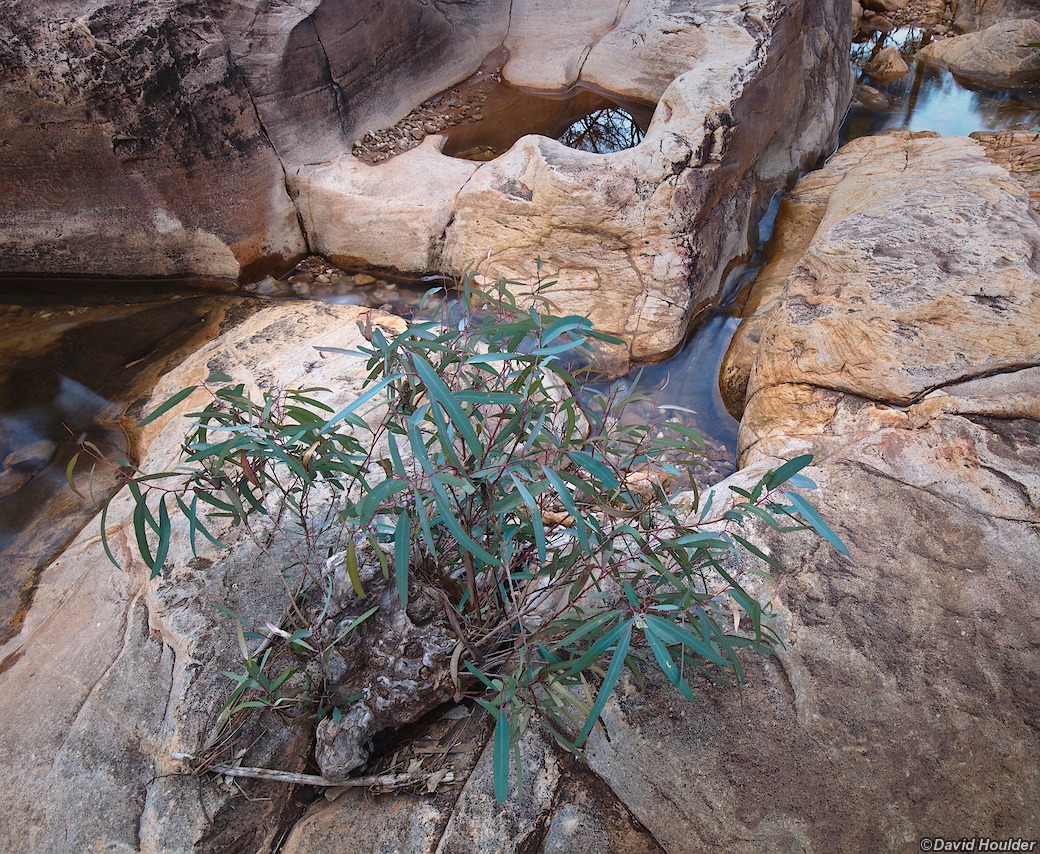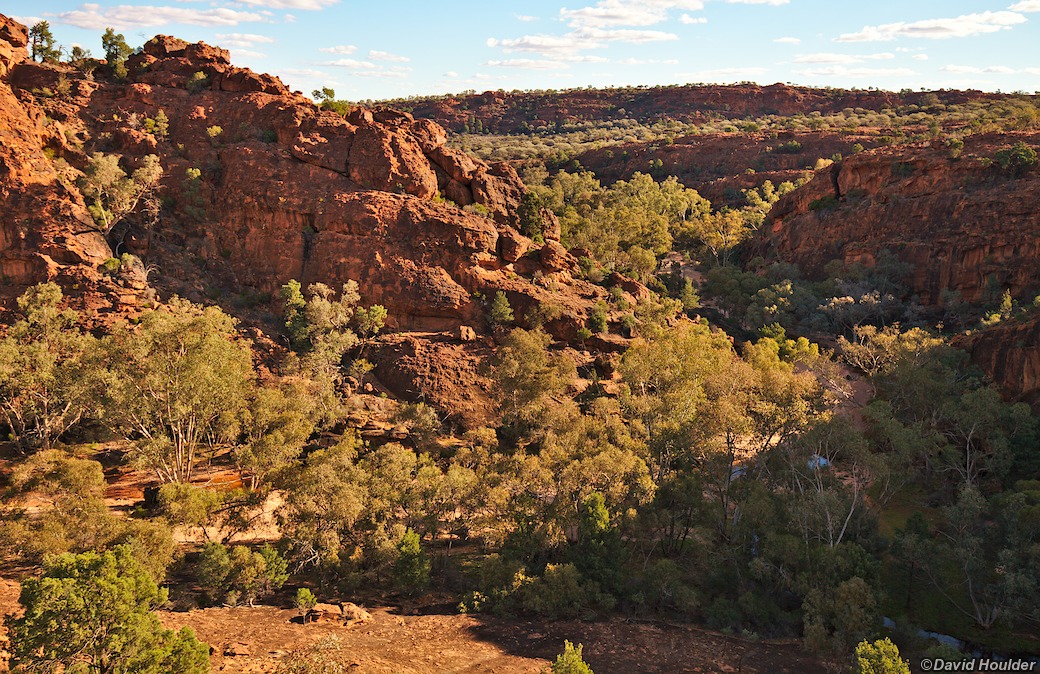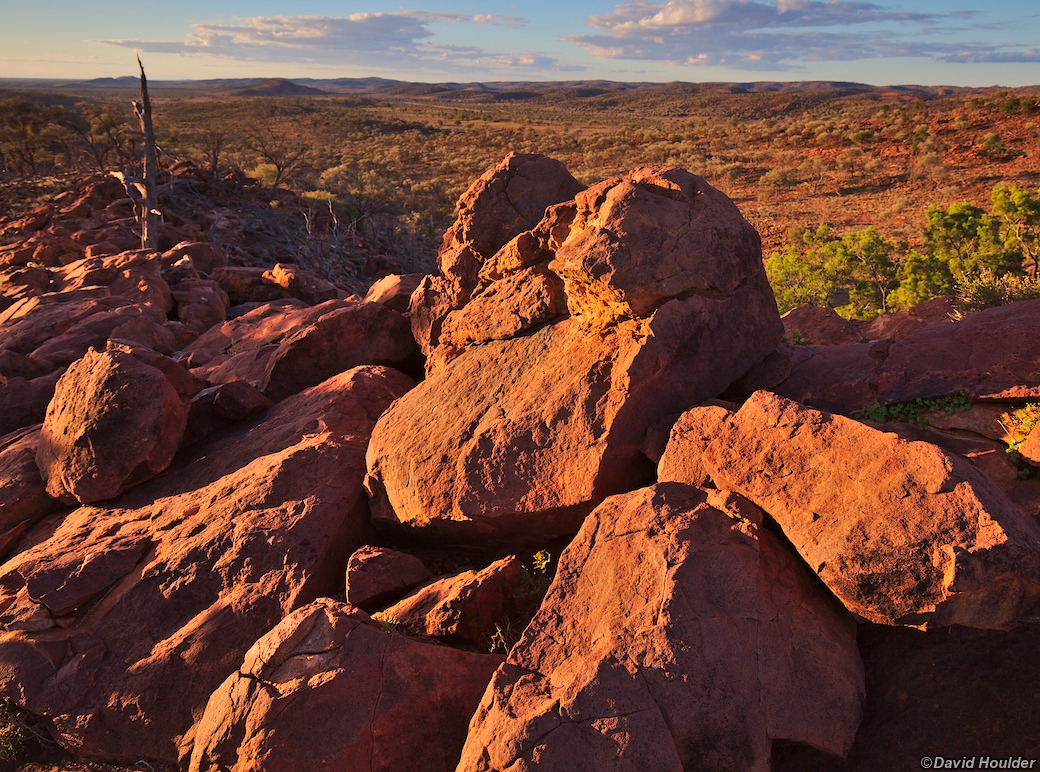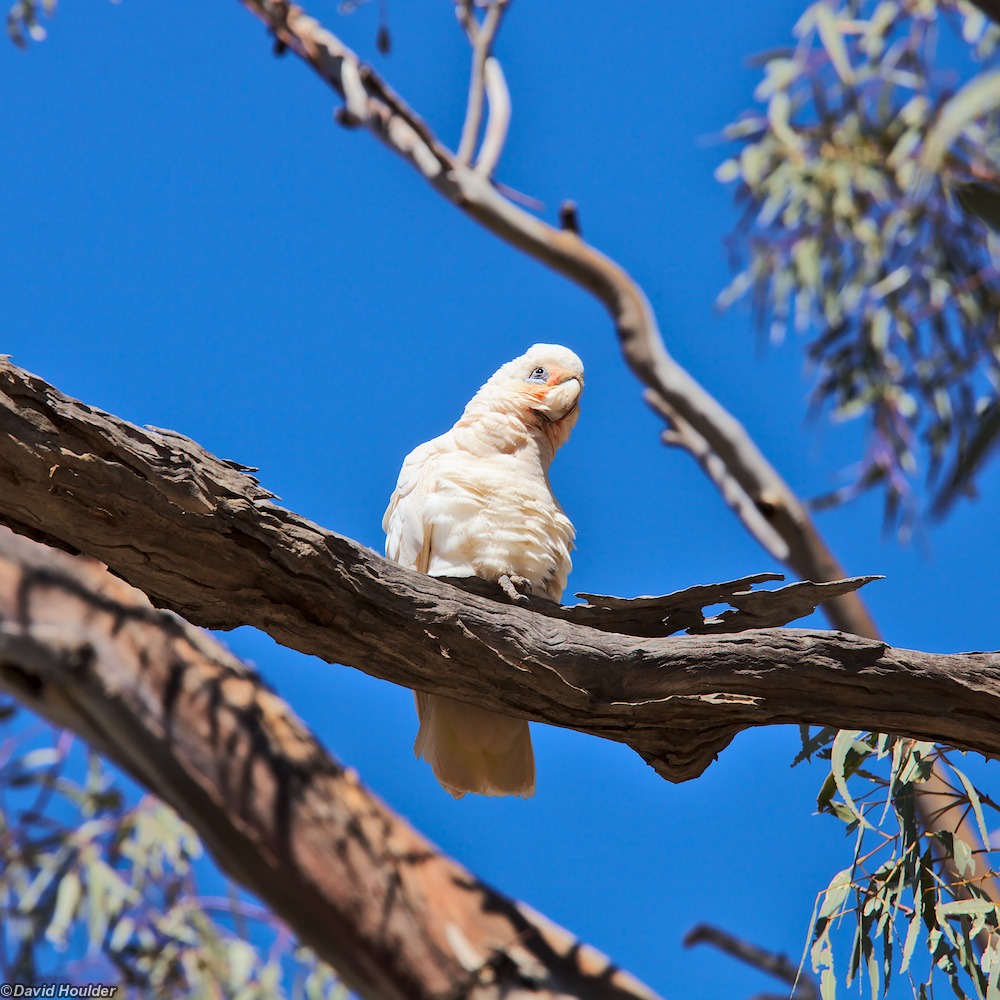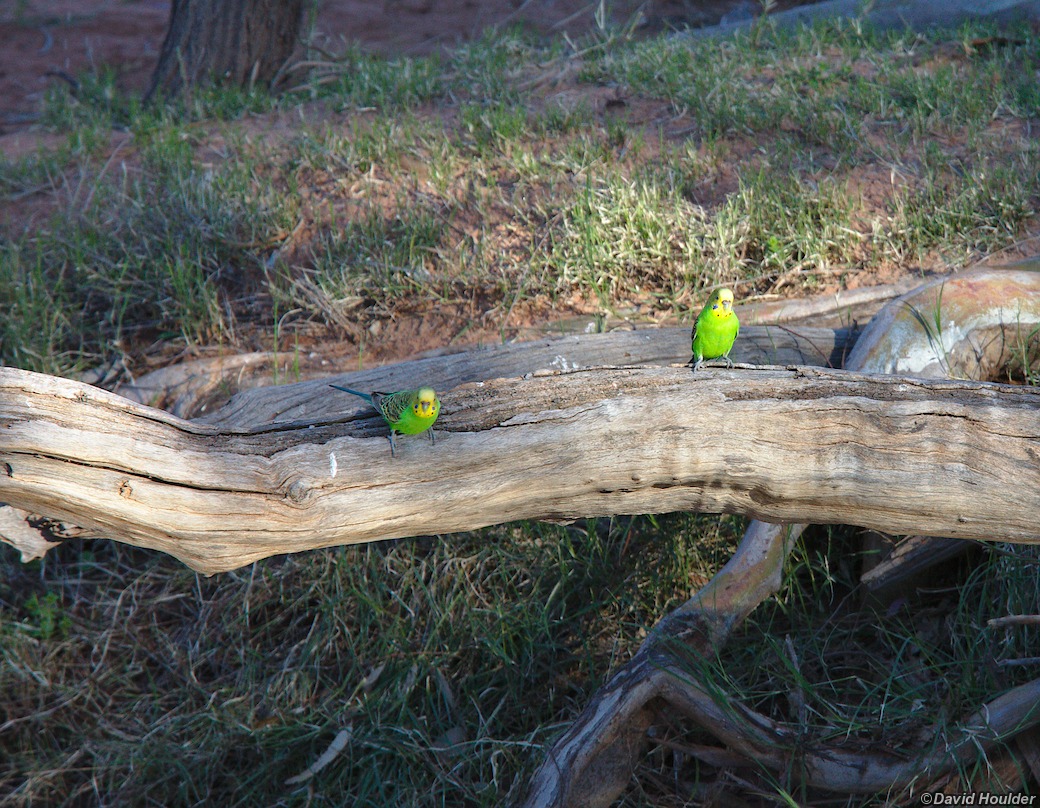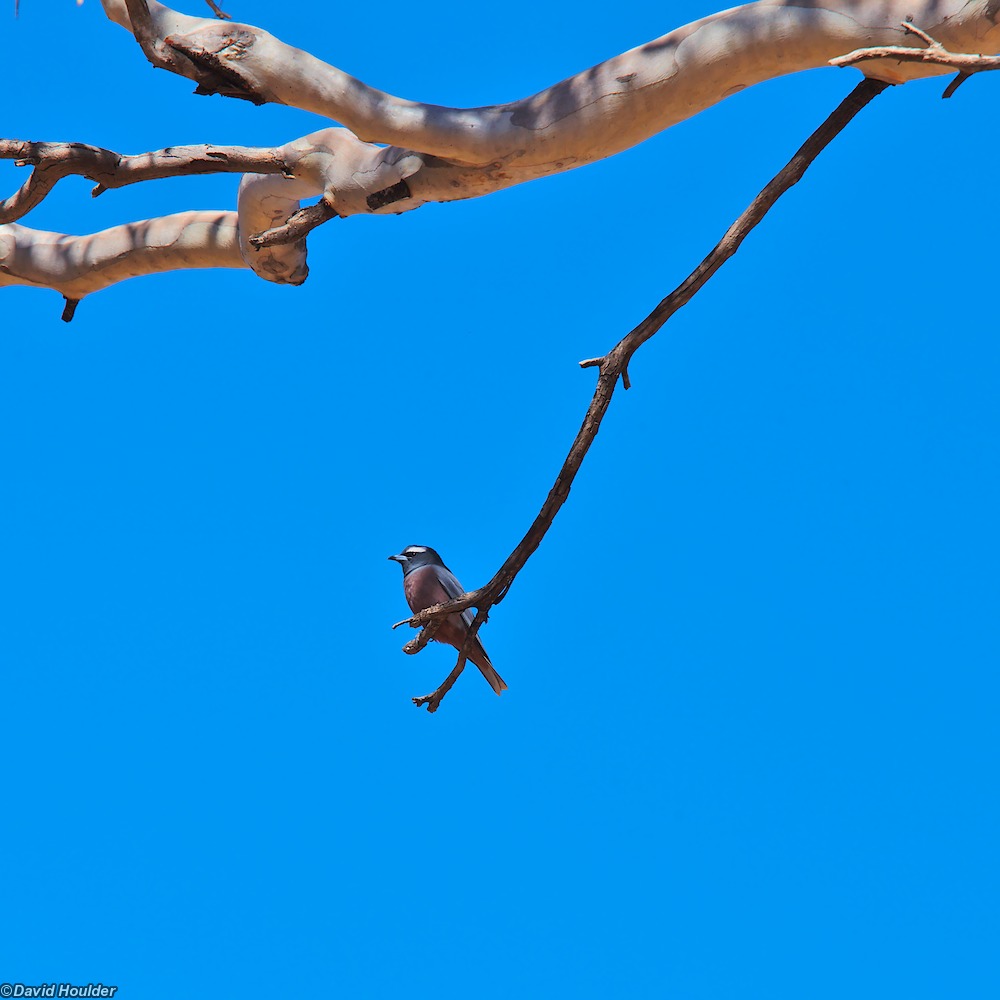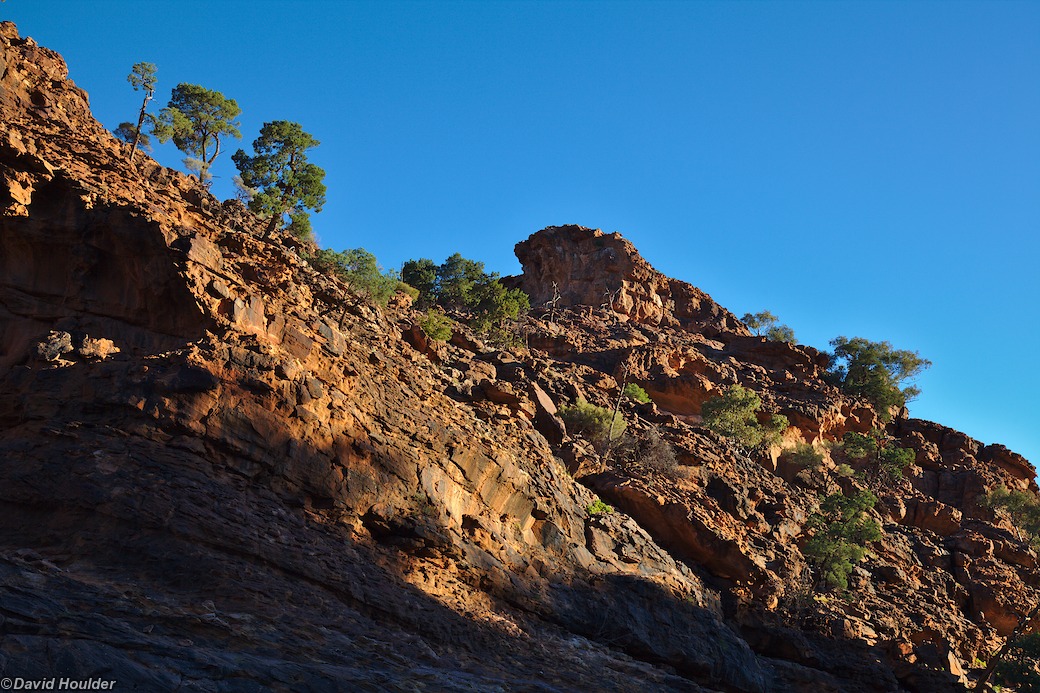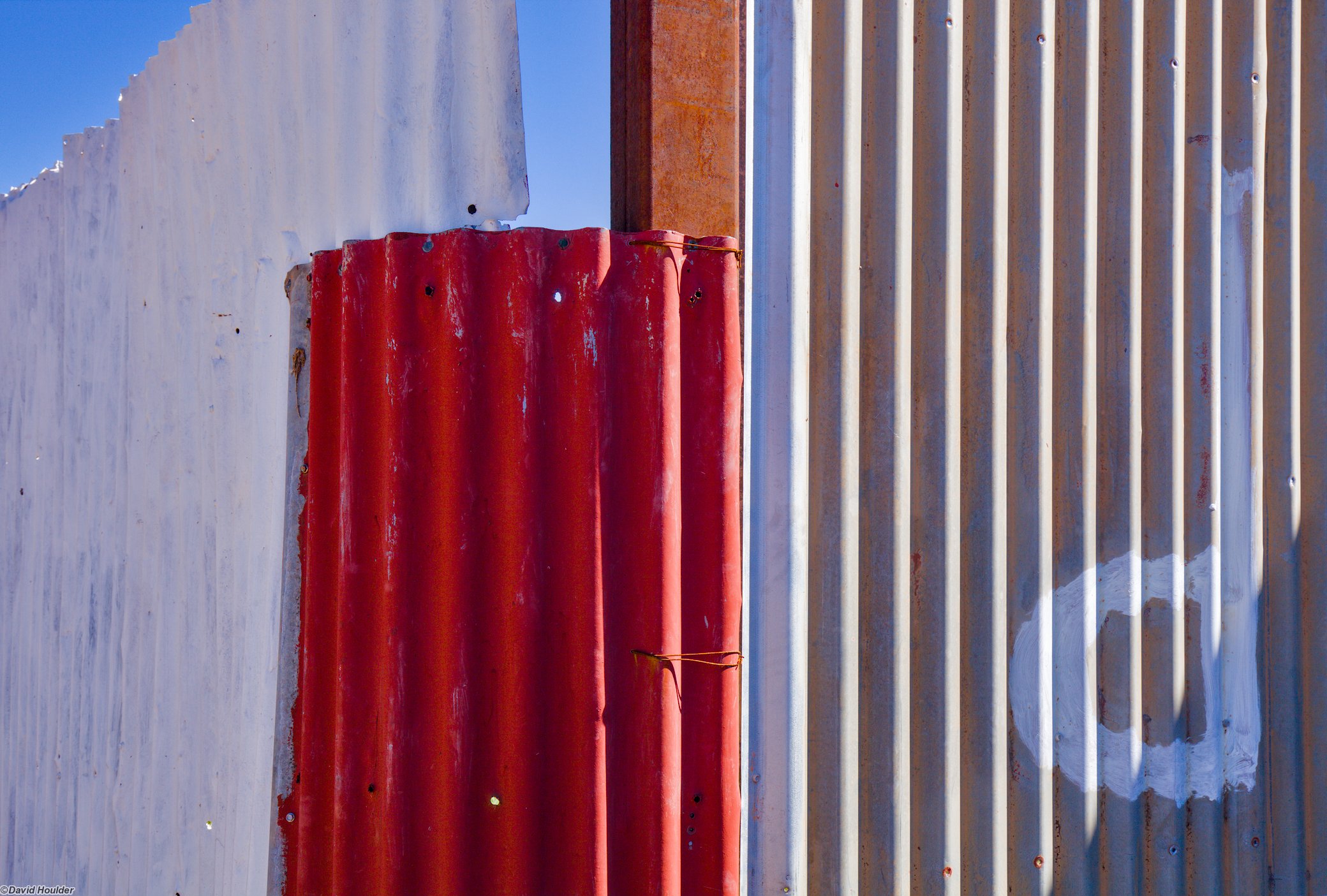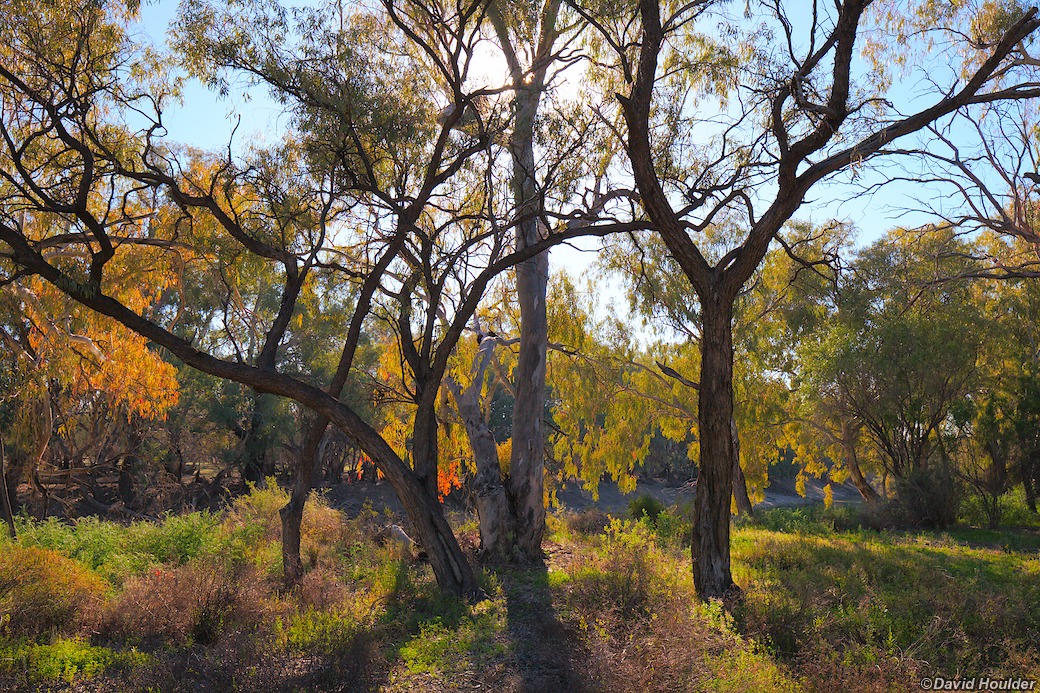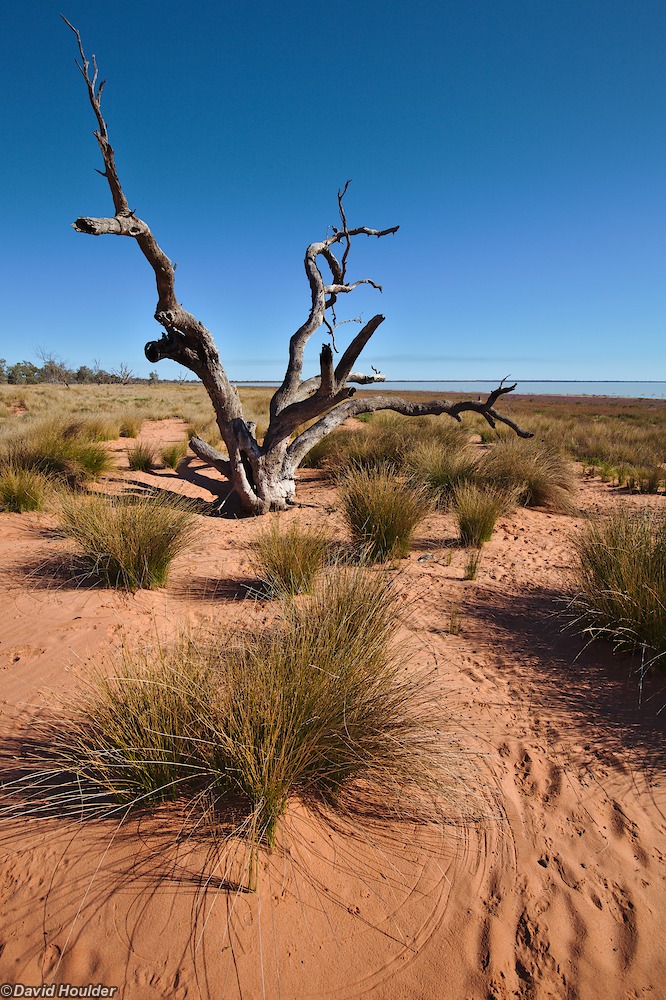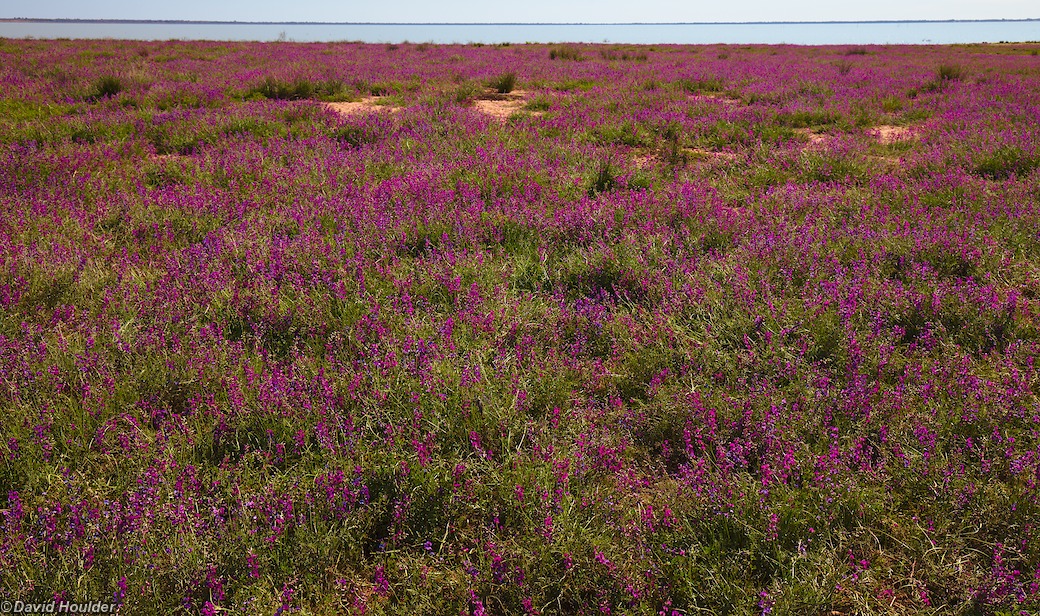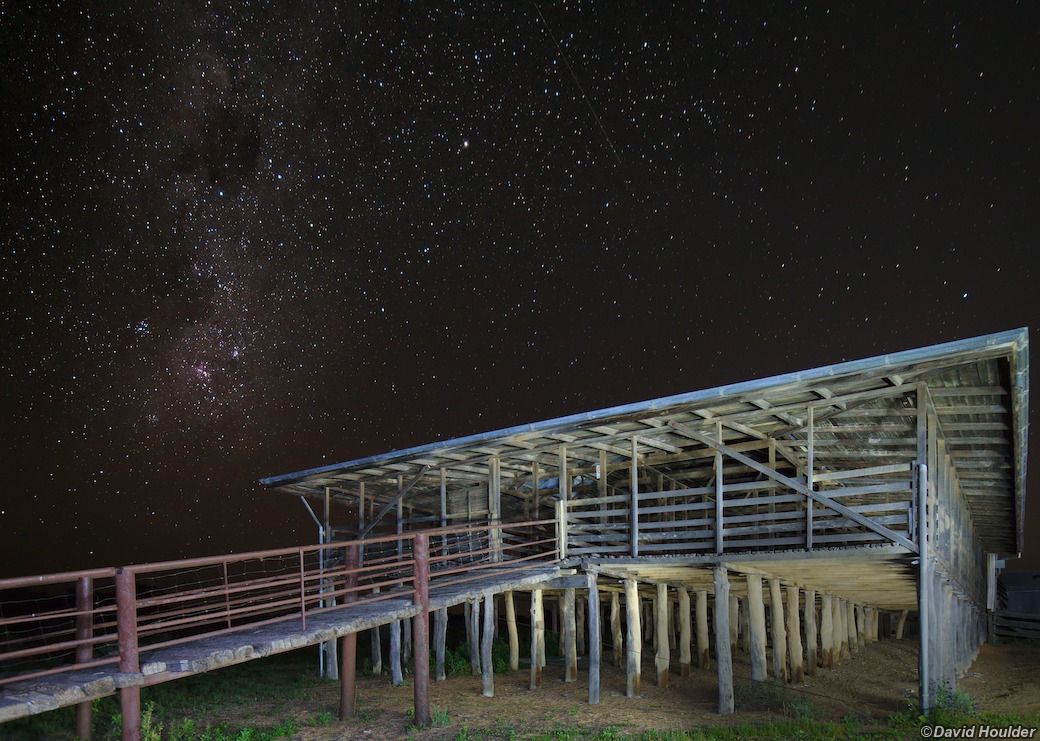This is a road trip visiting three of the more well-known national parks in far western New South Wales: Mutawintji (formerly Mootwingee), Kinchega and Mungo. The only large town in the area is Broken Hill, and you can count the other settlements on the fingers of one hand. Using both hands you can almost count their combined populations too. Parts of the route follow the meandering Darling River, which offers great camping opportunities - camping at Coach and Horses campground was worth it for the dawn chorus of butcherbirds alone.
Mutawintji is probably the most scenic of the three parks. The sandy beds of the two main watercourses in the park, Homestead Creek and Mutawintji Creek are home to large red gum trees. The creeks are incised into the red rock of the Byngnano Range, and the upper parts of Homestead Creek are dotted with small rock pools and cascades if the creek is running. Cypress pines and Mulga trees grow amongst the rocky outcrops at higher elevations. It's also renowned for its Aboriginal rock art, and remains a culturally significant site.
Kinchega is bounded on the east by the Darling River, and contains several large, shallow lakes.
Mungo is best known for its archaeological significance, with human remains dating back 40,000 years being discovered there in the 1960s and 70s.
A fair bit of the route is on unsealed roads which become impassable, even to 4WD vehicles, after just an hour or two of rain. These roads are made of clay and silt, and provide about as much traction as an ice-skating rink when wet. Check with the local police or other authorities about road closures.
